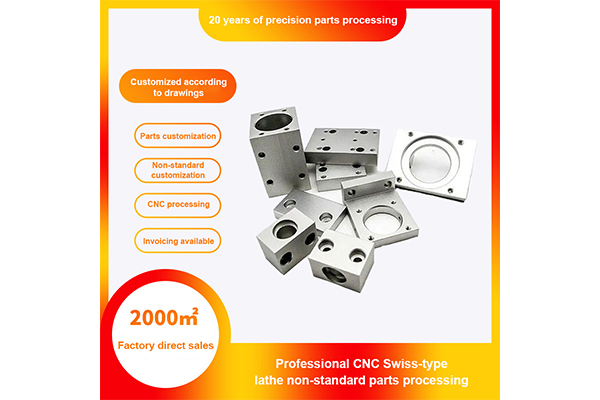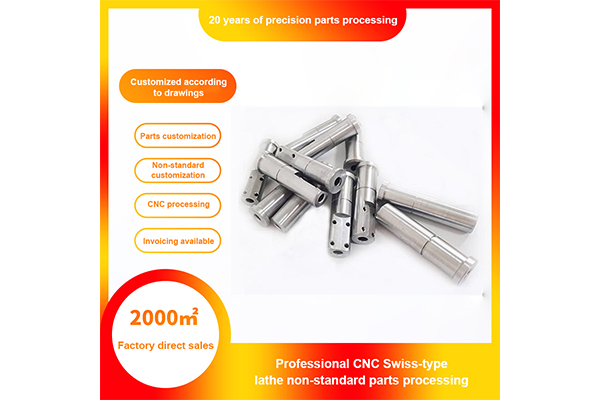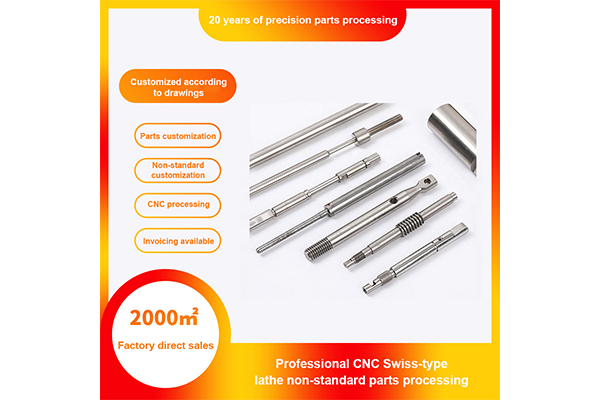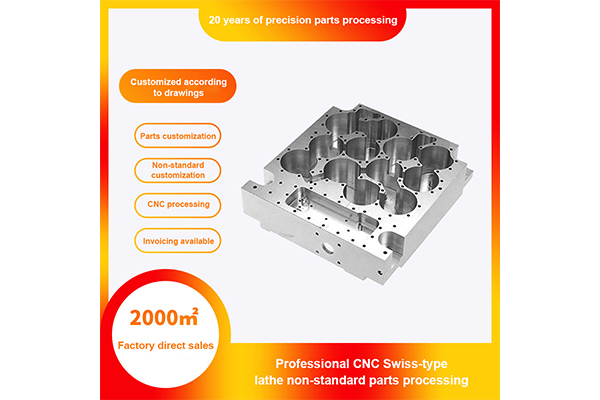Precision parts processing Precision and reliability requirements in medical equipment
Release Time : 2025-02-07
Precision parts processing in medical equipment is the key to ensuring the precision, safety and reliability of medical equipment. With the continuous advancement of medical technology, the requirements for the processing precision and reliability of medical equipment parts are becoming higher and higher.
Medical precision non-standard parts are non-standard parts customized according to the specific needs of medical equipment. They usually have the characteristics of high dimensional accuracy, special materials, and complex structures. The processing of these parts requires not only extremely high precision and surface quality, but also strict biocompatibility and aseptic processing requirements. The precision of medical equipment requires the processing accuracy of parts to reach the micron level or even the nanometer level, which places extremely high demands on processing equipment and processes. For example, medical instrument parts such as surgical instruments, implants, and diagnostic equipment all require high-precision processing to ensure their functionality and safety.
In terms of material selection, medical parts often use high-performance materials such as titanium alloys, stainless steel, and ceramics. These materials are not only hard and corrosion-resistant, but also have good biocompatibility. At the same time, the production of medical equipment must be carried out in a sterile or strictly controlled environment, and the cutting fluid and coolant in the processing process must meet medical-grade standards to avoid cross contamination.
To meet the functional requirements of medical equipment, parts often have complex geometric shapes and internal structures, which increases the difficulty of processing. However, advanced processing technologies, such as CNC processing, laser processing, electrochemical processing, etc., can handle these complex structures and ensure the stability and integrity of materials during processing. With its multi-axis linkage function, CNC processing can complete complex three-dimensional modeling and fine feature processing to ensure the accuracy of the size, shape and position of parts.
After processing, the parts must undergo strict quality control and testing. For example, a three-coordinate measuring machine is used for dimensional detection to ensure that the parts meet the design requirements. At the same time, biocompatibility tests, including cytotoxicity tests, skin irritation tests, etc., are also required to ensure the safe use of parts. In addition, all parts must undergo strict cleaning, disinfection and sterile packaging after processing to ensure sterility during use.
In summary, precision parts processing plays a vital role in medical equipment manufacturing. Its processing quality and performance are directly related to the accuracy, safety and reliability of medical equipment. In the future, with the continuous advancement of medical technology and the continuous expansion of the medical equipment market, precision parts processing will usher in a broader development prospect. We should continue to strengthen technological innovation and quality control, improve the processing accuracy and biocompatibility of parts, and provide better quality parts and services for the medical device manufacturing industry.
Medical precision non-standard parts are non-standard parts customized according to the specific needs of medical equipment. They usually have the characteristics of high dimensional accuracy, special materials, and complex structures. The processing of these parts requires not only extremely high precision and surface quality, but also strict biocompatibility and aseptic processing requirements. The precision of medical equipment requires the processing accuracy of parts to reach the micron level or even the nanometer level, which places extremely high demands on processing equipment and processes. For example, medical instrument parts such as surgical instruments, implants, and diagnostic equipment all require high-precision processing to ensure their functionality and safety.
In terms of material selection, medical parts often use high-performance materials such as titanium alloys, stainless steel, and ceramics. These materials are not only hard and corrosion-resistant, but also have good biocompatibility. At the same time, the production of medical equipment must be carried out in a sterile or strictly controlled environment, and the cutting fluid and coolant in the processing process must meet medical-grade standards to avoid cross contamination.
To meet the functional requirements of medical equipment, parts often have complex geometric shapes and internal structures, which increases the difficulty of processing. However, advanced processing technologies, such as CNC processing, laser processing, electrochemical processing, etc., can handle these complex structures and ensure the stability and integrity of materials during processing. With its multi-axis linkage function, CNC processing can complete complex three-dimensional modeling and fine feature processing to ensure the accuracy of the size, shape and position of parts.
After processing, the parts must undergo strict quality control and testing. For example, a three-coordinate measuring machine is used for dimensional detection to ensure that the parts meet the design requirements. At the same time, biocompatibility tests, including cytotoxicity tests, skin irritation tests, etc., are also required to ensure the safe use of parts. In addition, all parts must undergo strict cleaning, disinfection and sterile packaging after processing to ensure sterility during use.
In summary, precision parts processing plays a vital role in medical equipment manufacturing. Its processing quality and performance are directly related to the accuracy, safety and reliability of medical equipment. In the future, with the continuous advancement of medical technology and the continuous expansion of the medical equipment market, precision parts processing will usher in a broader development prospect. We should continue to strengthen technological innovation and quality control, improve the processing accuracy and biocompatibility of parts, and provide better quality parts and services for the medical device manufacturing industry.







